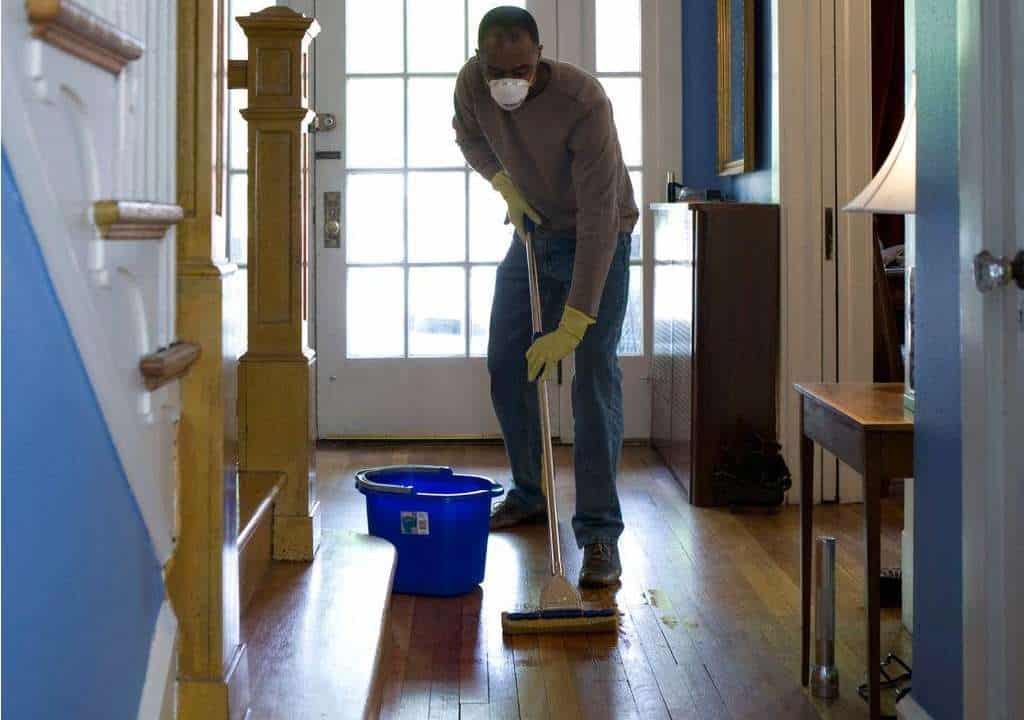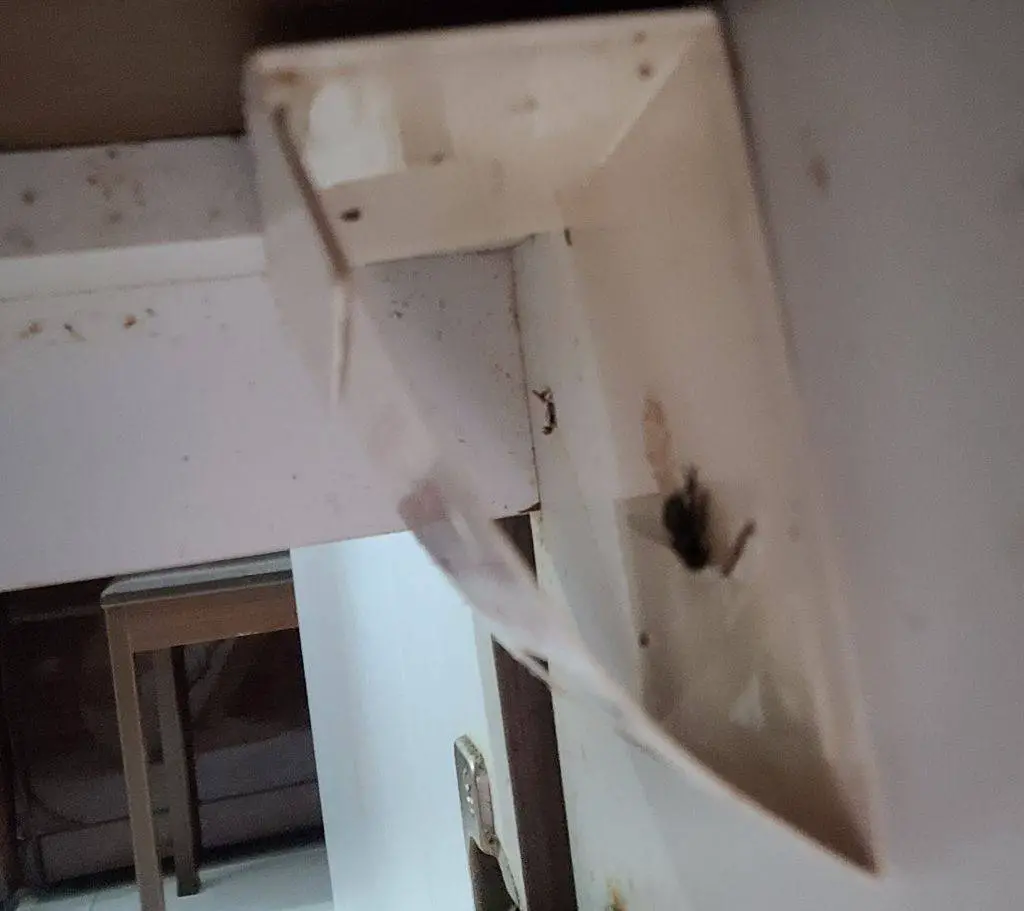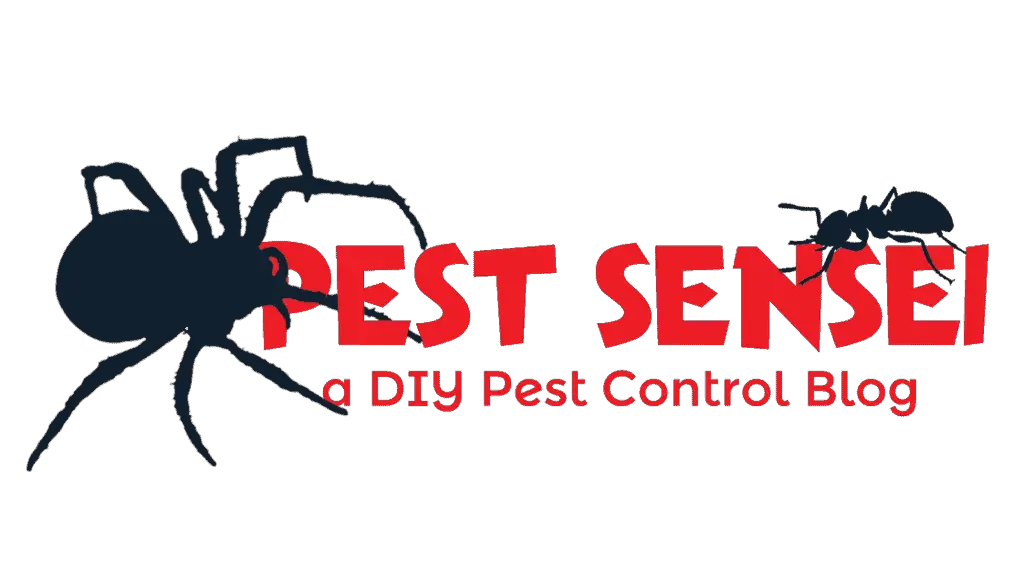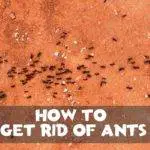Besides mortgage, security, and insurance, pest control is an important thing that homeowners need to worry about. Some homeowners proactively ensure their houses are pest-free by engaging professionals, while some prefer to DIY. In this guide, I’ll share with you 4 steps to make your house pest-free:
- Pest proofing
- Housekeeping and Sanitation
- Inspection and Monitoring
- Treatment and Gadget
What are Pests?
Pests are creatures that cause nuisance, economic damages, and/or transmit diseases. Different people may perceive nuisance differently. For example, a spider is not a nuisance for me, but it is a nuisance for many people.
What Attract Pests?
To understand how to make your house pest-free, you need to understand what attracts them. Pests are attracted by food, water and shelter. They need all three of these to survive. Your house is attractive to pets if they can find all these three things inside.
Of course, there are pests that have intruded your house, not because of those 3 elements. They are simply lost due to the proximity of their habitat and your house. We call them casual intruders. Examples are alates, crickets, beetles, etc.
Pest Proofing
Pest proofing is the first and most important step in pest control. By preventing the pests from entering your house in the first place, you can make your house pest-free.
Most pests crawl or fly into your house. You can prevent that by sealing cracks and crevices, gaps, and installing door sweeps or window mesh to stop the pests from entering your house. Those are cheap investments that protect you from pests for years.
Some pests, especially blood-sucking ones, are carried into your house. Examples include bed bugs, fleas, ticks, and mites. Infestation can be prevented by avoiding high risk areas, using repellent, and checking your belongings and pets after returning from high risk areas.
Housekeeping and Sanitation
As mentioned earlier, pests go into your house for food, water, and shelter. By restricting their access to those resources, you can win the battle without fighting.
Restrict the Access to Food
There are 3 major groups of food that the pests are looking for: organic food (human/pet food and waste), blood, and woods.
Human Food and Organic Waste

Human food and organic waste are the easiest to handle. You only need to keep your house reasonably clean, and keep the food away from pests.
Things like wiping the dining table and kitchen top after use, vacuuming and mopping the floor, disposing garbage timely, cleaning the bathroom, etc., are part of our house chores. You don’t have to do anything extra.
Similarly, keeping the food away from pests is not an extra effort. Many people are already doing so. Ideally, all food should be kept in airtight containers. That makes your house look tidy and clean, while preventing pests from accessing and contaminating your food.
The only thing I want to highlight here is the kitchen trash bin. Some people use an open-top trash bin in their kitchen, without realizing the exposed food waste is very attractive to roaches and flies. Consider upgrading it to one with a lid.
As a general rule of thumb, organic wastes emit foul odor, and the foul odor attracts pests. If you can fix the source of the odor – eg. food waste, toilet, floor trap, plumbing trap etc., there is no reason for the pests to enter your house.
Blood Meal
Some pests suck blood – both from you and your pets. You can’t remove the blood sources, unless you get rid of yourself and your pets. Fortunately, you can limit the pests’ access to blood by applying repellent.
Wood
Termites are the major group of pests that eat wood, along with other wood-boring insects. There isn’t much that you can do to the house, since our houses contain wooden structures that cannot be removed.
What you can do is reconsider how you want to furnish your house. Built-in furniture, door frames, window frames, parquets and baseboards are the hotspots of termite infestations. Using non-wood alternatives can greatly reduce the chance of termite infestation.
Restrict the Access to Water
All living creatures need water, so do pests. Some pests even thrive in humid environments. You can limit the access of pests to water by fixing leaking taps, pipes, and water seepage issues.
Water issues can cause permanent damage to your house by damaging wooden structures. It also causes damage to paints and promotes molds. Fixing water leaks is part of property maintenance and shouldn’t require additional reminders.
The only things worth reminding are water receptacles. You should always keep storage water covered (for hygienic purposes, if not for pest control) and remove any unnecessary items outdoors that can store water. Don’t forget to clear your rain gutter regularly!
Restrict the Access to Shelter
Pests always look for a quiet and secluded spot when building their nests. They don’t nest in the open, risking themselves being detected and annihilated.
Keep your storage area, be it hardware, books, firewoods, food, utensils, and unused items, well organized. Schedule a spring cleaning to clear out things you don’t need anymore, and clean corners that you rarely visited. That eliminates hiding spots for pests like mice and roaches, and makes it easier for you to spot any infestation.
Cracks and crevices are the perfect hiding spots for small insects like bed bugs, roaches, ants, fleas, etc. Patch cracks and crevices with putty so that the pests have no place to hide.
Inspection and Monitoring

Inspection and monitoring are essential components in pest control. It allows you to take necessary actions before the infestation becomes an issue. Otherwise, it will be more difficult to control the situation by then.
If you want, you can actively do this by yourselves, since no one knows your home better than you. But sometimes it is beneficial to have a fresh pair of eyes. You might miss certain signs because you have already gotten used to those signs.
Check every corner that you’ve never paid attention to in the last 2 months. That includes inside food and non-food cabinets, underneath sinks, behind furniture, baseboards, crawl space, basement, attic, drain, storage area etc. You should be looking for things that don’t belong there, and the key is to be curious.
Always use a torch light when inspecting. Pests like to hide in the dark, and they can be too small to notice without sufficient lighting. Mark your calendar to do this every 2-3 months.
To speed up the inspection, you can put a few monitoring traps in cabinets or underneath sinks. I put monitoring traps in all my food and kitchen cabinets, although I have to admit that I only check the traps if my wife complains.

If you think it is too much a hassle, engage a pest management service provider. You can get a quote from nearby service providers on Networx.
Treatments and Gadgets
There are certain treatments and gadgets that can help you to prevent pest infestations. Those are not a must have, but they certainly help, if you use the right product.
Remember to check out my guide on must have DIY pest control products and remedies that you should stop using.
Perimeter Treatment
Perimeter treatment is the most common preventive treatment used in pest control. It involves treating the perimeter of your house so that the invading crawling insects are killed. Treatment can also be done on fencing and landscapes where the insects can be resting or hiding. A good formulation can last for a few weeks.
I don’t recommend perimeter treatment unless you have a very serious issue with insect pests. For one, you will need a huge amount of pesticide because there is a large area to treat. Secondly, you will be killing other beneficial insects.
Automated Misting
Automated misting systems target mainly mosquitoes. Installed at strategic locations, the misting system sprays either repellent or pesticides at specified intervals to repel or kill mosquitoes, thereby reducing the biting activity when you want to enjoy your time in your yard.
Automated misting system works well if there are a lot of mosquitoes in where you stay. It is not the most efficient treatment though, because most of the pesticide will end up drifted away by winds. Moreover, the treatment can kill other beneficial insects.
Soil Treatment
Soil treatment involves treating the soil underneath your buildings to prevent subterranean termite infestation. Termiticide is injected into the soil through holes drilled at a specific interval.
Depending on the product, the treatment can remain effective for 5-10 years. Many of those products are earthworm-friendly. You can learn more about soil treatment here.
Mosquito Traps
Mosquito traps can help reduce the amount of mosquitoes invading your house, hence reducing the number of bites you get. You can achieve a better result if you use it in conjunction with repellents. Read more about mosquito traps and my recommendation here.
Mantises and Lady Beetles
If you have a garden, most likely it will attract various insects – beneficial or not. You can buy and release some mantises or predatory lady beetles to help you control those insects in your garden.
Ultrasonic Devices
Ultrasonic devices are not useful to prevent pests. It might work for birds, but the birds will just get used to it and ignore it.
The Bottom Line
I have to admit that “pest-free” is an exaggerated claim. There is no way to achieve pest-free conditions at home. The best that we can do is reduce the presence of pests until they are no longer a nuisance to us.
Different people have different tolerance levels towards pests at different locations. For example, I can tolerate 1-2 flies in my yard, but not in the dining hall. My wife can tolerate no ants, but I can tolerate ants as long as I don’t see them.
The key is to put in as much effort as you are willing to, for the outcomes that you are comfortable with.



